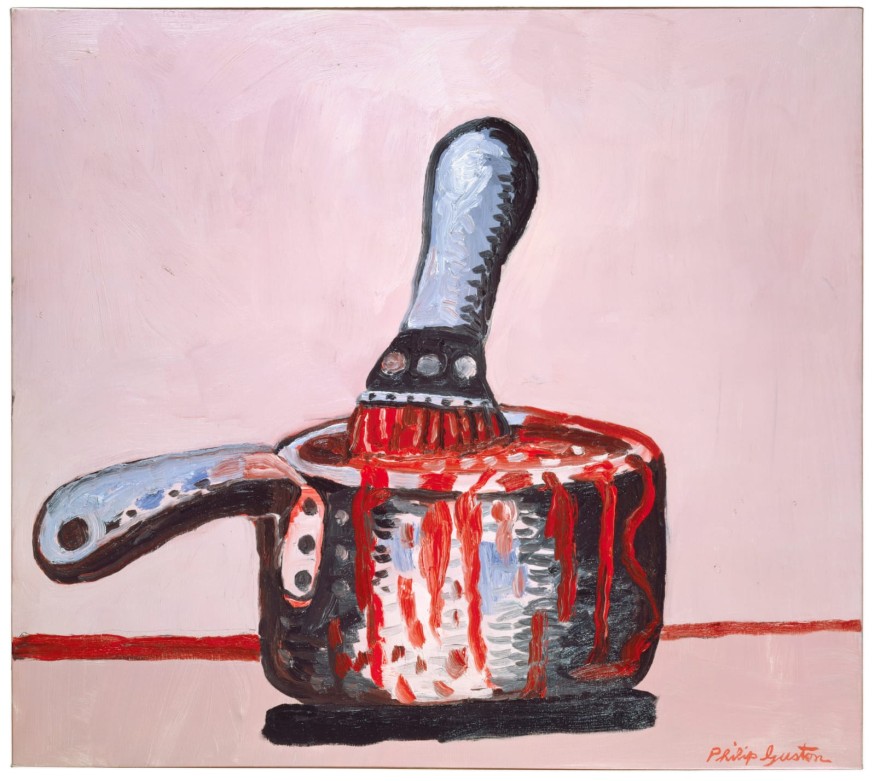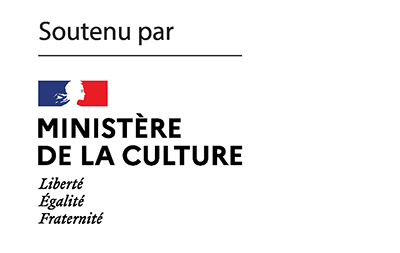What can we say about the sexual crimes committed by Hamas men on October 7 – documented a little more each day by the work of an Israeli group of gynecologists, forensic doctors, psychologists and international lawyers? And how are we to understand the concealment of the violence against women on that day by part of world opinion – including supposed “feminists”? Doesn’t this concealment amount to inflicting violence on these women a second time, as if their ordeal didn’t count and was meaningless?

Every rape is an act. A “woman”, if it is possible to define her, is characterised by the knowledge that the act of rape can always happen to her. She is this human being who lives, grows, evolves and transforms with the intimate knowledge that she can always be raped. ”Knowing” this makes her a more straightforward questioner: how is such an act really possible? How does one go about raping a woman? The question arises because rape, as the destruction of another’s body. is specific in that the agent of destruction uses his own body to achieve it: the man who rapes most often does not use tools or technical extensions of the human body, but uses his own body as a weapon; and more precisely, not a part of the body whose constitutive firmness always makes it potentially available for use as a weapon, such as the foot or the fist, but his penis, which has to harden in order to become a means of destruction. Rape in the true sense of the word, ripping open a woman’s private parts by savage penetration, can only be carried out if the man is in a state of erection. What is it about a woman screaming in terror and pain that produces and sustains this erection? What is the psycho-physiological process that makes this act possible?
Anyone who investigates their male entourage will discover very little. Ask the men around you how such men get a hard-on, and you’ll get a non-answer, the strangest thing of which is that there is absolutely no evidence of insincerity: rape is the crime of the other par excellence, with whom they have nothing in common. It’s as if the men who rape were part of another species with whom they share nothing and whom they don’t understand.
Women, for their part, don’t understand anything either. For them, when it comes to sexuality, men are just as complicated as they are. There’s nothing simple about a man’s erection. Sexuality is just as desirable to them as it is to women, and just as little obvious, and this shared knowledge between men and women stands up to a society that constantly peddles the fantasy of a simple, direct, almost animal-like sexuality for men and a highly complicated one for women.
So the assertion that is sometimes supposed to explain the possibility of rape, that men are constitutively and potentially all rapists, that they are in fact all aroused by any naked or potentially naked woman’s body and are only held in respect by the fear of punishment, sheds absolutely no light. For anyone with a shred of sincerity, the mystery of “how” remains unanswered. Perhaps it’s even this complete lack of understanding that gives rise to the strangely reassuring thesis that “all men are rapists”. It’s like a refusal to face up to the abyssal nature of the question, which is not just about the possibility of erecting himself in order to destroy a woman, but also about the mystery of how a man can agree to take pleasure in carrying out this destructive work, which, it must be repeated, is witnessed every second by the person carrying it out.
We therefore have no hypothesis to put forward to explain how the members of the Hamas commandos were able to use their intimacy as a weapon during their raids on the music festival and the twenty Israeli villages on the borders of the Gaza Strip. On the other hand, we can say a little about what was done to the women, and put forward an interpretation that sheds light not on the facts, but on the way they have been ignored by world opinion. Since this failure to mention the facts is tantamount to doing violence to these women for a second time, as if their ordeal did not count and was devoid of meaning and significance, let’s start with the facts.
We now know in part, thanks to the courageous work of a group of Israeli professionals – gynaecologists, forensic doctors, international lawyers. and psychologists – what the men of Hamas did: they raped repeatedly, and they did it in groups. They raped so much that one can see the crotches of the trousers of kidnapped women red with blood, and pools of blood between the legs of women and girls murdered after the rapes. They raped them so much that some of the women found dead had broken pelvic bones. They raped teenage girls, women, and elderly women. They cut off breasts. They mutilated their victims’ genitals – in this case, including men. They tortured the women after the rape. They filmed themselves doing it. They sent the videos of the rapes and torture to relatives, who had to watch from a distance, where they were not forced to witness live what was being done to their friends, partners, wives, mothers, sisters and daughters. These women were almost all killed after the rapes, or left for dead. Most of the surviving victims that we know of today, or rather that we hope are still alive, are the women who were dragged off, already raped, to Gaza. An Arabic – Hebrew glossary was found on one of the dead Hamas fighters, indicating, among other things, useful phrases in Hebrew to facilitate the act of rape: “take off your trousers”, “turn around”… The terrorists who survived and were taken prisoner explain that rape was one of the goals of the attack.
However, hardly anyone talked about all this until 25 November, World Day for the Elimination of Violence against Women, which produced a few press articles. On this point, the work of reconstructing the facts has not crossed the threshold of public debate or of the analysis of the 7 October massacre that is so necessary. And this despite the fact that Israeli feminist organisations had already sent letters on 9 October to the UN bodies supposedly defending women’s rights, describing the part of the facts that were known and widely viewed by the whole world on the Internet. They did so, they explained, so that the UN, in accordance with its statutes, would recognise these acts as “war crimes” and “crimes against humanity” and, consequently, send teams to Israel to investigate these crimes. There has been no response. The communiqué published on 13 October by UN Women, the UN body responsible for protecting women’s rights, does not mention these crimes, but goes to great lengths to as quickly as possible erase any difference between the parties to the conflict by condemning “attacks against civilians in Israel and in the Occupied Palestinian Territories [sic!]”There are Israeli civilian deaths, of course, and that is deplorable, but there are also Palestinian deaths that are just as deplorable. And after being obliged to say more precisely on 25 November, they simply stated that they “remain alarmed”.
The sexual war crimes systematically perpetrated by Hamas are indeed embarrassing for the advocates of undifferentiation between the actors. “All lives have equal value” is the guiding principle that has been widely adopted in order to position oneself, seemingly above the fray, in this conflict. While there are no objections to this proposition on a purely moral level, it leaves completely untouched the question of the inequality of the killings. The Israelis are trying to explain that there is a difference between the intentional decapitation of infants and the unintentional death of Gazan children under Tsahal bombardment. Since they too kill children, the distinction cannot be understood. In both cases a child was killed, that is true and absolutely unacceptable. And yet, for the people to whom the parents and children belong, there is probably a difference between knowing that their children may become collateral victims in a war, and knowing that their children are prime targets in a war. Not to mention the modus operandi, which in each case changes what “war” means. But so be it. This is currently inaudible to a large part of public opinion, even though, after the war, a realistic political solution will probably not be found without taking seriously the fears expressed on both sides insofar as they are fed by acts that have actually been suffered.
But whatever the parallels one tries to draw, one act shatters this approach to the conflict based on failure to differentiate between the actors: the sexual war crimes of Hamas. This is where it becomes clear that the desire to be above the fray has nothing to do with the distancing required to look objectively at what is happening in reality, but is simply a desire not to see. And it is precisely the sexual crimes of Hamas that must not be looked at in keeping with this way of approaching the conflict. There is nothing and no one on the Israeli side that would allow them to be included in the logic of erasing real differences that currently prevails in global opinion, and which allows us to condemn the power of the Israeli response without looking at the grammar of the cruelty of Hamas’s acts.
The IDF in fact does not rape. The penises of Israeli soldiers do not belong to the army’s military arsenal but to the intimate lives of the soldiers. No one in the high command authorises, plans or orders their use as weapons in this war: on the contrary, it is an offence that is implacably punished by the army code. So, given the large number of deaths in Gaza, we can certainly suspect that, for the Israelis, a Palestinian life does not take precedence over their war aims. But in view of the absolute protection from sexual assault afforded to Gazan women where Tsahal has taken control in Gaza, it cannot be said that their sexual integrity is secondary to Israel’s war aims. Quite the contrary. Whereas an Israeli woman, for Hamas, is an object to be destroyed, slowly, over an unimaginable length of time, as attested by the number of different sperms found in and on the bodies of the victims. Systematic, public destruction, accompanied by obvious pleasure. Recognising this radical difference in acts would force the UN to differentiate between the parties involved in this war.
Clearly, it is unable or unwilling to do so, as if erasing reality could help to resolve this conflict, leaving us to wonder whether Israeli women are protected, like any other women, by international law. But this silence also prevents the important question of the unprecedented nature of rape as a weapon of war in this particular conflict from being raised.
And yet there is something unprecedented that is not covered by the official understanding of rape as a weapon of war. Unlike other cases, such as in the former Yugoslavia and in Africa, the rapes by Hamas commandos was clearly not chosen as a means of destroying the opposing group, by desecrating women’s bodies. In fact, in the case of 7 October, the victims of these rapes were not allowed to survive so that they could return to their families and groups and, as is the hope of the state or militarily organised rapists, contribute to their dissolution through the terror and humiliation indelibly inscribed in their bodies and minds. Recording the images and distributing them among families and on the World Wide Web seems to have been enough in this respect. The aim of using rape as a weapon of war was thus achieved. Thanks to the cameras proudly filming the atrocities that were being committed, it seemed as if it was now possible to avoid the risk that the victims would recover, that the groups to which they belonged would welcome them and remove their false sense of shame, and that society would protect them instead of vilifying them. Thanks to the images, it was possible to kill them on the spot, and thus ensure that what remained of them would be entirely contained in the recorded moment of their destruction.
This is a new level in the perfection of total destruction that should at least worry the UN and international opinion. But they would rather look the other way. In so doing, they echo the attitude towards rape in times of peace which, in this case, insidiously supports the possibility of erasing the differences between the players involved in this conflict. Because in order not to differentiate, in order to remain in a position of superiority that claims to think politically by simply counting the lives lost, the rapes must be set aside. And it’s all the easier to ignore them because, despite the widely shared official recognition of the destructive nature of rape, whether in time of war or peace, we don’t question the “how”. No thought is given to the question of what excites in this act to the point of sustaining an erection – here we are often content to refer to power or potency as ‘natural’ exciters – nor to the question of what makes men enjoy their destructiveness, nor yet to the question, specific to wartime rape, of what makes men agree to turn their intimate lives into weapons. Instead, one naturalises an alleged propensity for men to rape, and thus comes to terms with reality. As if it were normal for rapes to occur. As if it were normal for armies to use them. Inevitable, unavoidable, incomprehensible. As if it weren’t an act that had to be analysed again and again until it was understood, but just something that happens.
But every rape is an act, and in every act there is a subject who takes pleasure. The victims know it, their relatives know it, and in the case of Israeli women, thanks to Hamas’s image policy, the whole of Israeli society knows it and the whole world could know it. Our societies know it, because they punish this act. And yet, at the same time, it is relegated to the status of an inexplicable event. Without an understanding of what makes it possible, which could perhaps prevent it, women will continue to grow up and live with the knowledge that they could be raped. Similarly, without understanding how the men of Hamas came to commit such acts against Israeli women and trying to prevent them in the future, Israeli society will live with the suspicion that it could happen again. No peace will be built on the world’s unwillingness to understand what makes the parties involved in this conflict act.









